周日至周四:上午 10:00 至晚上 7:00
(最后入场时间:晚上 6:00)
周五及周六:上午 10:00 至晚上 9:00
(最后入场时间:晚上 8:15)
zh-CN nav_sessionexpired 您的会话已过期。请重新登录。 确认
一次性密码(OTP)验证 选择您的验证方式。请注意,部分国家可能对手机短信设置限制。如果无法收到手机短信,请使用电子邮箱接收一次性密码。 手机 电邮 或 尝试其他验证方式 立即验证您的手机号码 立即验证您的电子邮箱地址 包含一次性密码(OTP)的短信已发送至您的手机号码 {#}。 包含一次性密码 (OTP) 的电子邮件已发送至您的电子邮箱{#}。 您的手机号码已验证成功。 您的电子邮箱地址已成功验证。 您输入的一次性密码(OTP)有误。 未收到? 重新发送 {#}后重新发送 完成 一次性密码请求失败。请稍后再试。 一次性密码请求重复。请在当前一次性密码过期后再试。 请完成下方 hCaptcha 验证,以核验您的账户。您登记的手机号码随后将收到一次性密码。 请完成下方 hCaptcha 验证,以核验您的账户。您登记的电子邮箱随后将收到一次性密码。 发送短信验证码时出错,我们建议使用电子邮件验证码。 发送电子邮件验证码 取消
15 您当前会话剩余时间为: 点击“继续”保持登录状态,或点击“登出”结束本次会话。 {minute} 分 {second} 秒 2 继续 退出
滨海湾金沙 线上聊天功能目前不可用。请刷新页面或稍后再试。由此造成不便我们深表歉意。 30
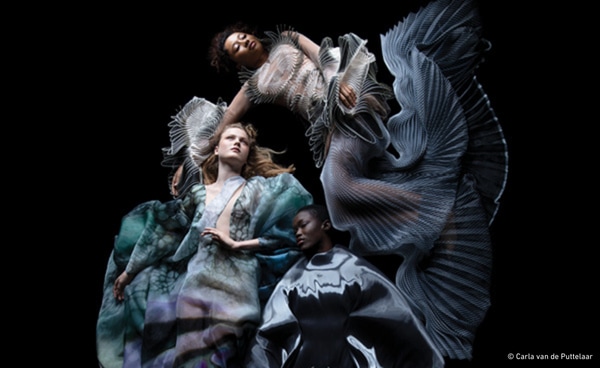
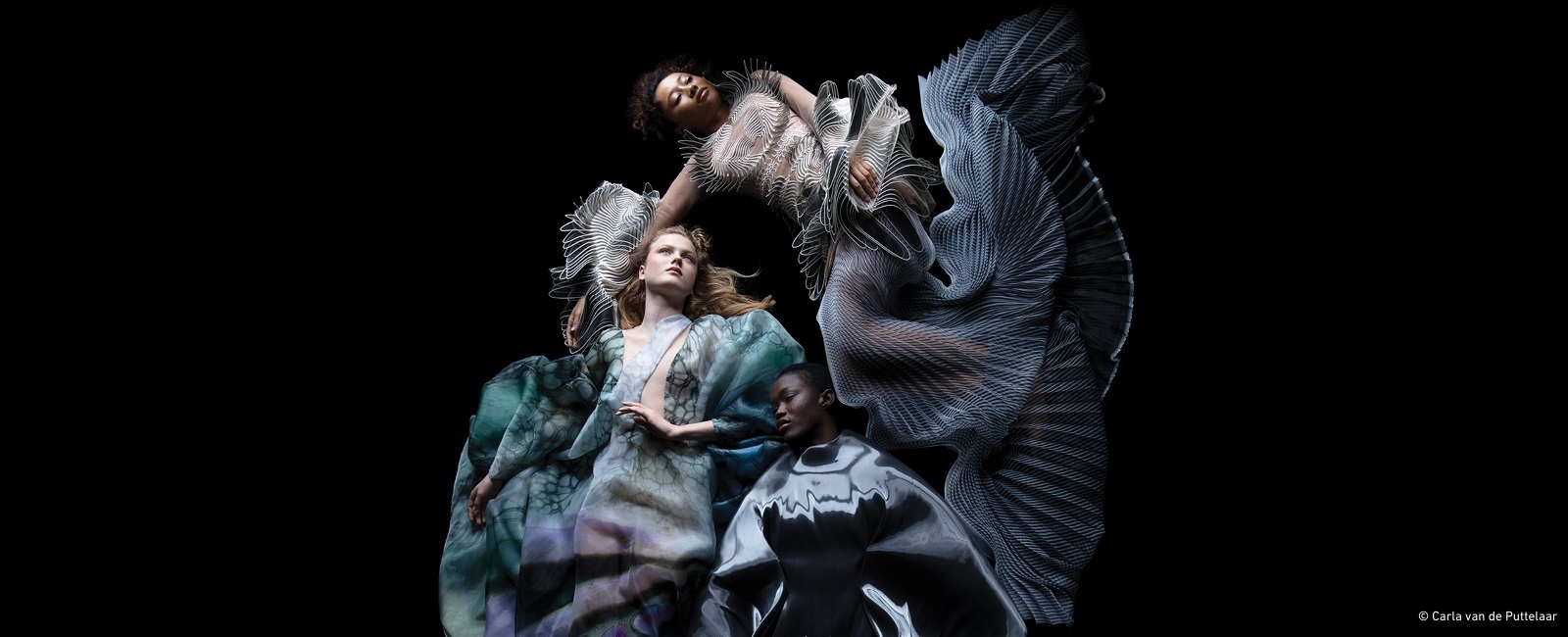
展览
游客可选择导览服务,深度观展。点击此处了解导览时间并购票
Iris van Herpen: Sculpting the Senses 展示了当代最超前的时尚设计师的作品。Iris van Herpen 是将科技融入时尚设计的先锋,她摆脱时尚界的陈规,将传统与新式的生产方式相融合。
从微观到宏观,该展览探究躯体在空间中的存在意义,以及我们在瞬息万变的世界中的身份和可能迈向的未来。此次艺术回顾展颂扬 van Herpen 超前的跨学科理念,包含九个主题,将艺术、设计、可持续发展和科学融入时尚中。
超过 140 件 Iris van Herpen 设计的造型和配饰,与一众当代艺术作品和自然历史标本一同展出。此次展览融合了新加坡特色,展出本地和附近区域的特色展品,包括来自李光前自然历史博物馆的手工制品,以及由艺术科学博物馆挑选的其他现代艺术作品。
参与展出的艺术家、建筑师和设计师包括 David Spriggs、Philip Beesley、目、Juliette Clovis、Jacques Rougerie、Tan Shao Qi、Rogan Brown、Ren Ri、Courtney Mattison、Heishiro Ishino、Tim Walker、Enrico Ferrarini、Ferruccio Laviani、Yayoi Kusama、Chun Kwang Young、Joseph Walsh、Janaina Mello Landini、Lanny Bergner、Kate MccGwire、Ruben Pang、Damien Jalet、Kohei Nawa、Casey Curran、Ivana Bašić 和 Kim Keever。
Iris van Herpen: Sculpting the Senses 展览由巴黎装饰艺术博物馆 (Musée des Arts Décoratifs) 和新加坡艺术科学博物馆合力呈现,内容基于前者策划的初版展览。
图片来源:Iris van Herpen (设计师), Carla van de Puttelaar (摄影师), Synergia Series 2021 / 摄影: Carla van de Puttelaar / © Carla van de Puttelaar
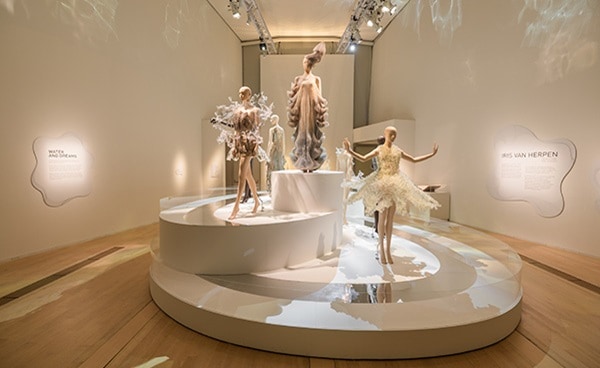
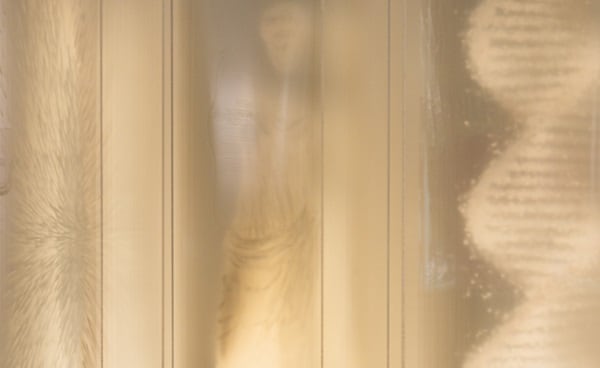
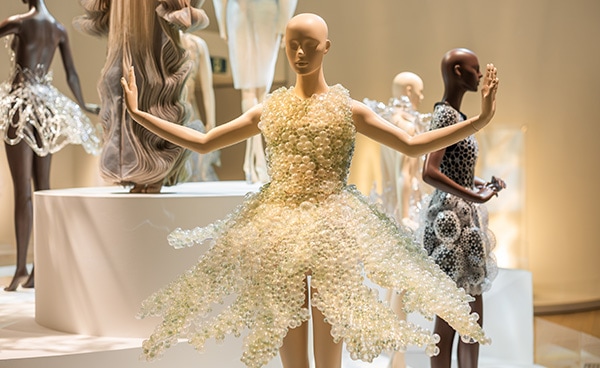
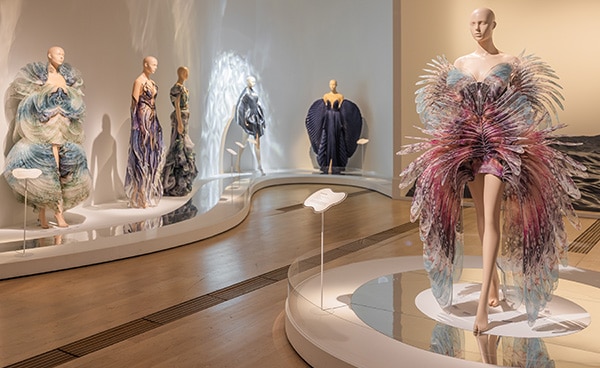
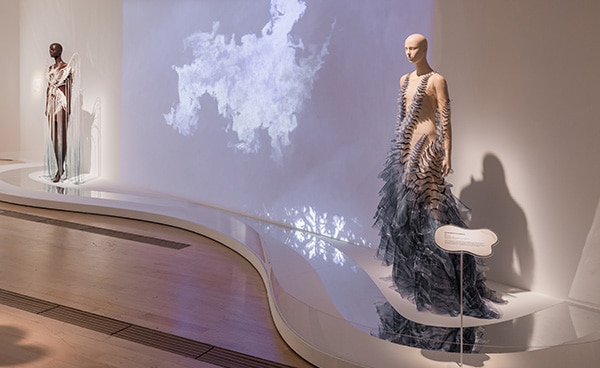
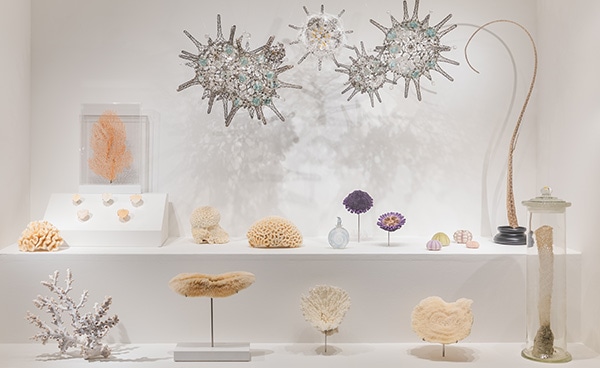
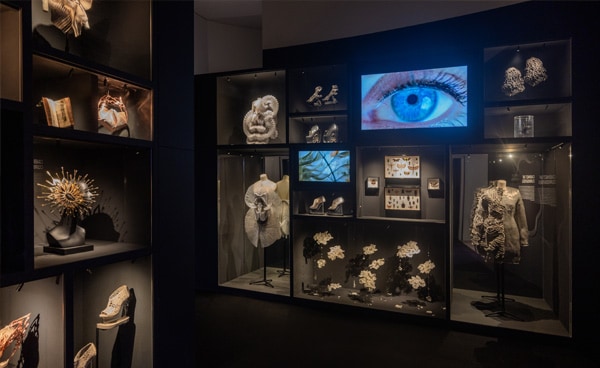
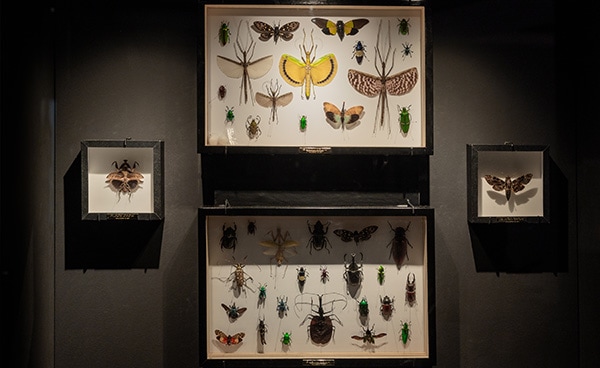
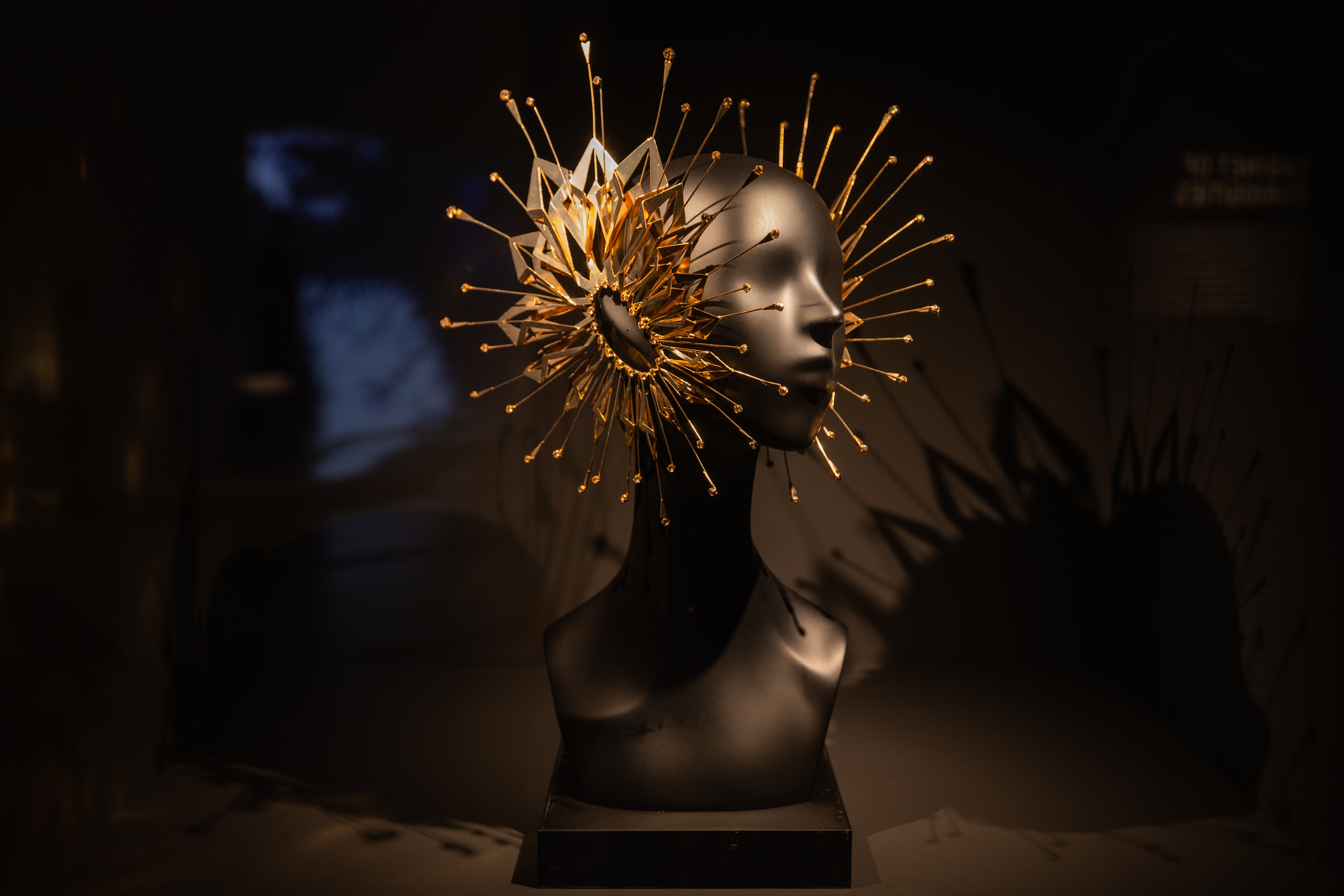
Iris van Herpen 对自然形态的迷恋,引领她深入思考“形态生成”(Morphogenesis)——一种生物在发育过程中形成自身结构与形状的自然机制。这些微观世界中的生命形式,揭示了不可见之美,也促使她发展出一种超越传统时尚的新美学语言与材料探索。她特别关注19世纪生物学家恩斯特·海克尔(Ernst Haeckel)的研究与插图,这些作品揭示了无数微观生物的奥秘,成为她创作的重要灵感来源。
在艺术与科学的交汇处,van Herpen 同时探索陆地与海洋的生态系统,挖掘出前所未见的结构与纹理。她对可持续发展与环境议题的关注,也促使她重新思考我们如何看待世界。在与艺术家 Rogan Brown 合作的《Earthrise》系列中,她大胆采用回收塑料作为主要材质,赋予废弃物全新的生命与价值,展现出时尚与生态意识的深度融合。
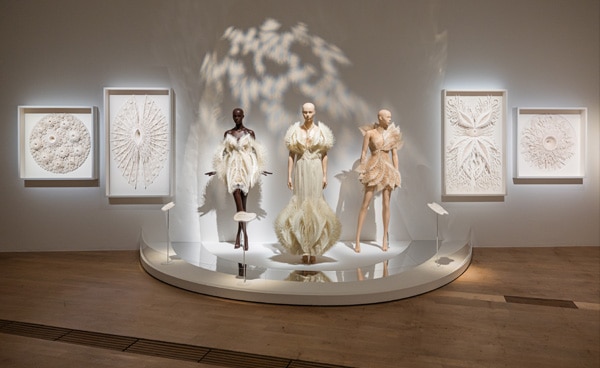
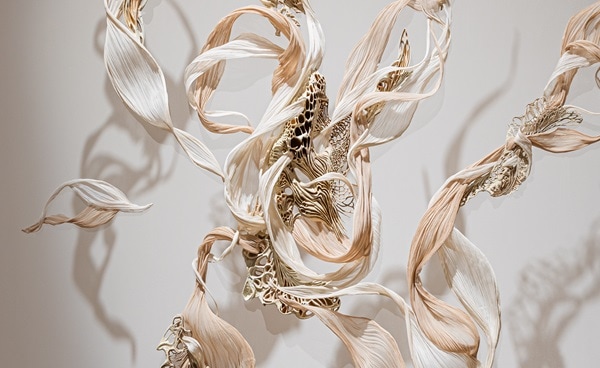
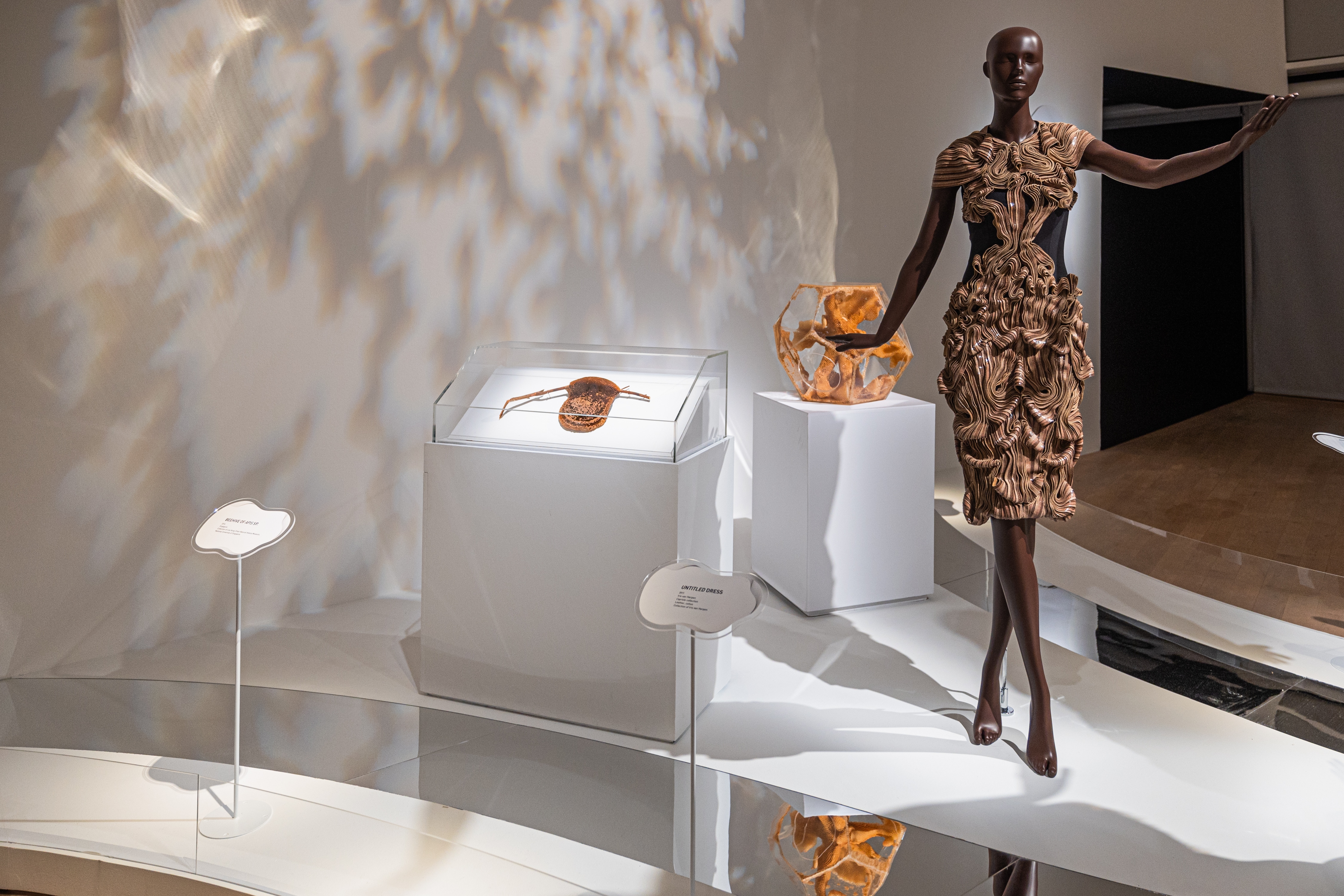
“好奇之柜”与人体解剖博物馆,是 Iris van Herpen 灵感的丰饶土壤。正如米开朗基罗、让-安托万·乌东等艺术大师曾深入研究人体结构,van Herpen 也细致观察骨骼、肌肉、结缔组织与身体系统,将其转化为如第二层肌肤般的穿戴形态。她的服装是混合结构的艺术投影,是对人体内部构造的视觉再现,构建出一个“新身体”的幻想。
Van Herpen 重新定义了“轮廓”的概念,在生命与非生命之间的边界上探索。她的设计既是身体的延伸,也是对复杂解剖结构的变异演绎。透过肌肤般的透明材质,她揭示那些肉眼难以察觉、唯有借助科技才能显现的微妙结构。她的作品仿佛是一场艺术化的磁共振扫描(MRI),或是一幅创意的X光图谱,展现出生命体的内部奥秘。
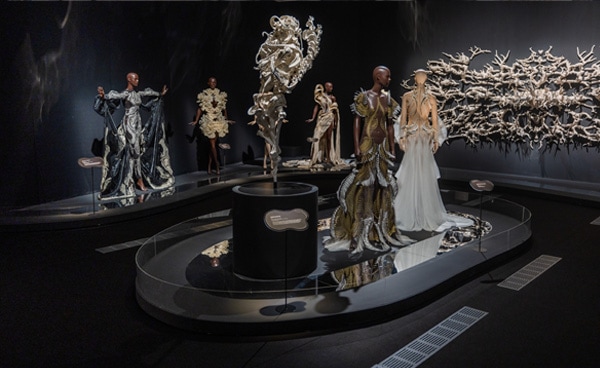
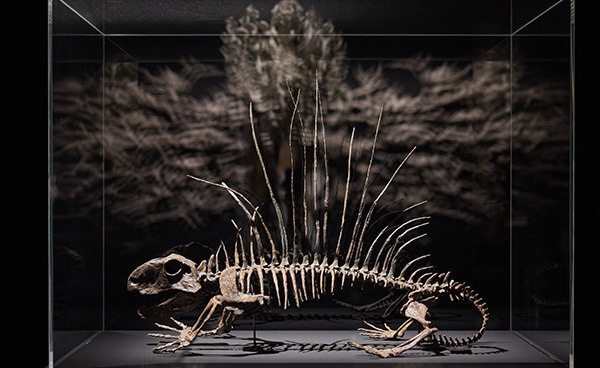
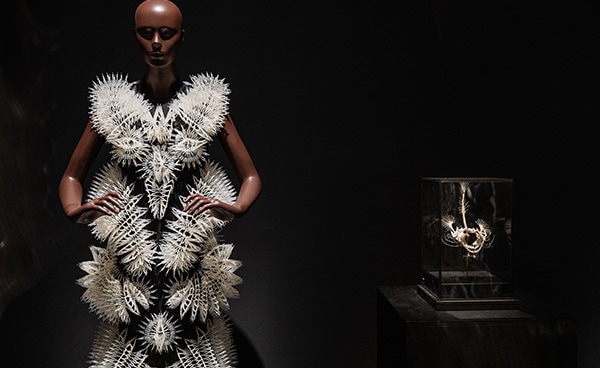
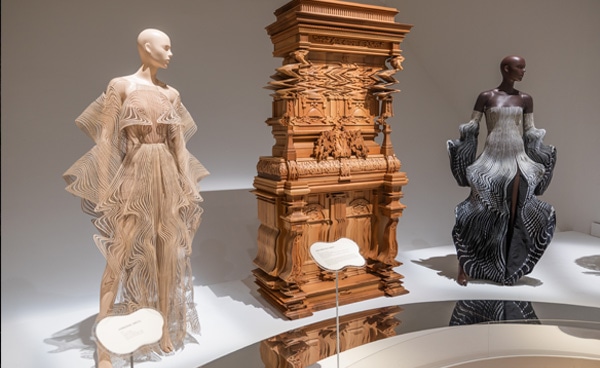
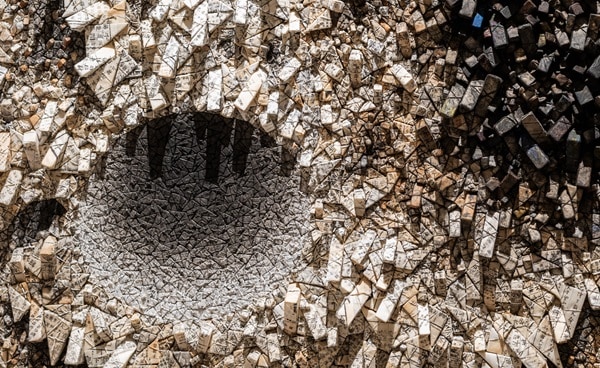
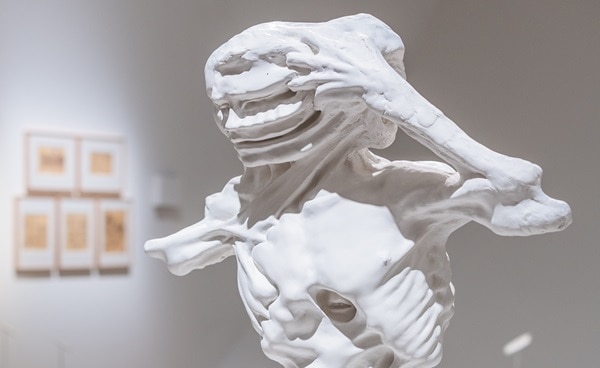
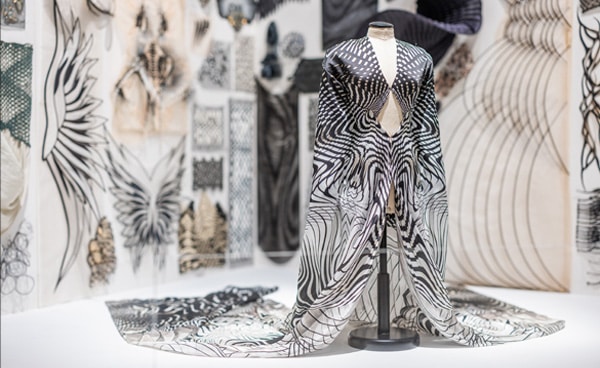
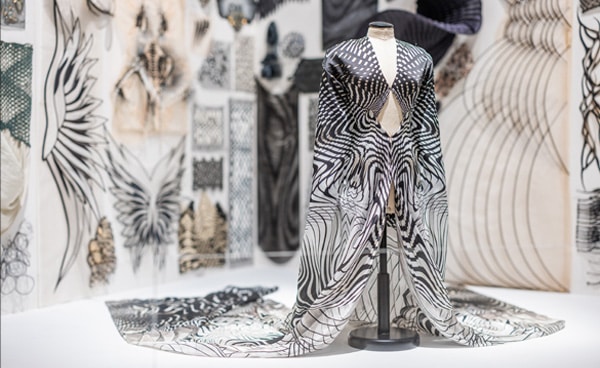
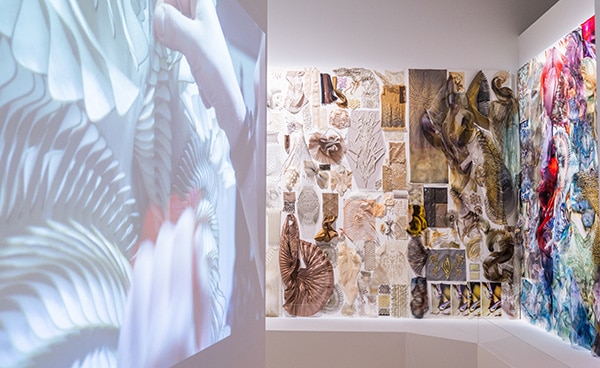
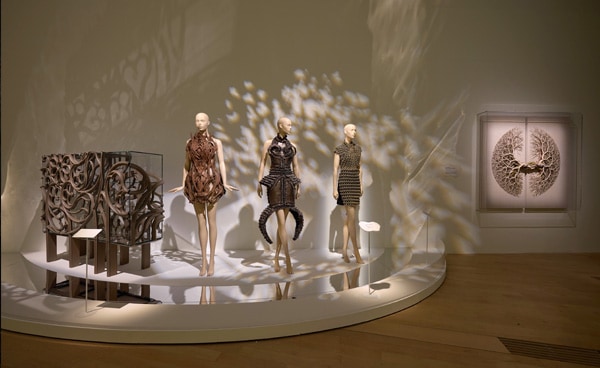
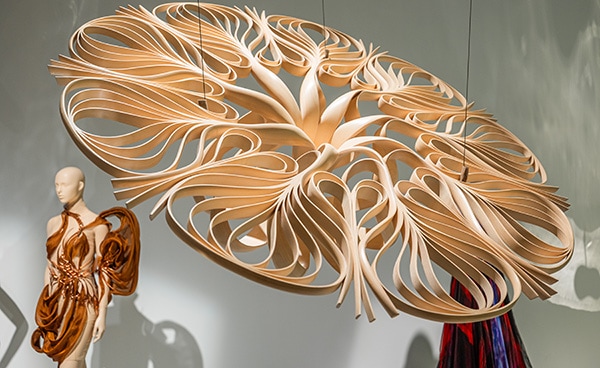
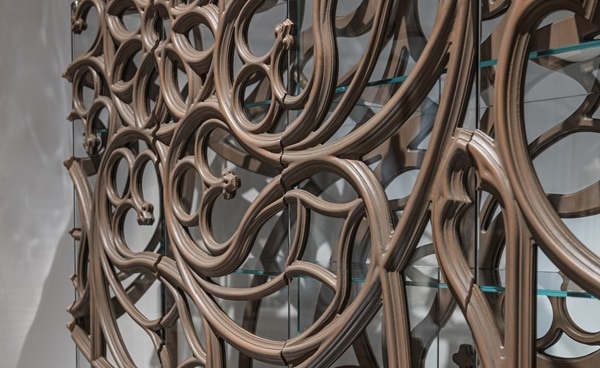



Iris van Herpen 出生于荷兰瓦梅尔小镇,邻近 16 世纪佛兰芒画家耶罗尼米斯·博斯(Hieronymus Bosch)的故乡登博斯。她自幼便沉浸于博斯笔下融合炼金术、神秘主义与寓言的奇幻世界,对“混合体”的概念产生了深刻兴趣,并不断探问人类与动物本质之间的界限。
与此同时,van Herpen 也探索博斯画作中唤起的“恐惧”情绪。她在阿姆斯特丹“自由思想大使馆”(Embassy of the Free Mind)的藏品中发现了许多与此相关的思想线索,并重访了她在艺术史研究中接触过的各类“好奇之柜”。
象征主义与超现实主义文学也深深影响了她的创作,使她善于运用隐喻作为表达方式,将作品提升至超越传统服装分类的层次。从奥维德的《变形记》到日本神话,van Herpen 热衷于重新诠释这个世界与异世界中的变异与奇异之美。
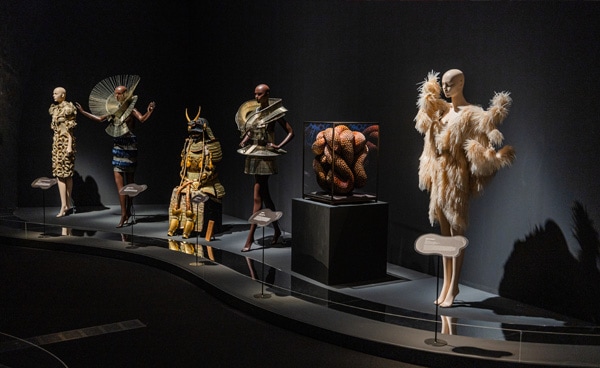
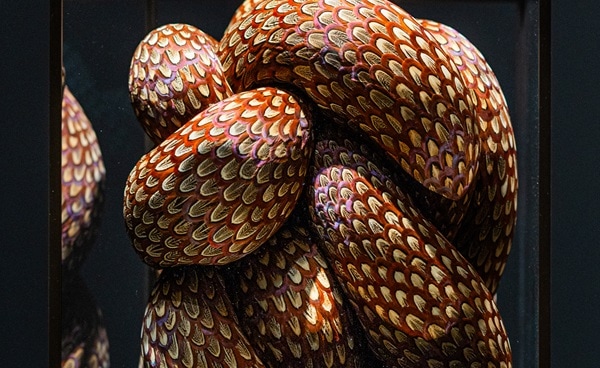
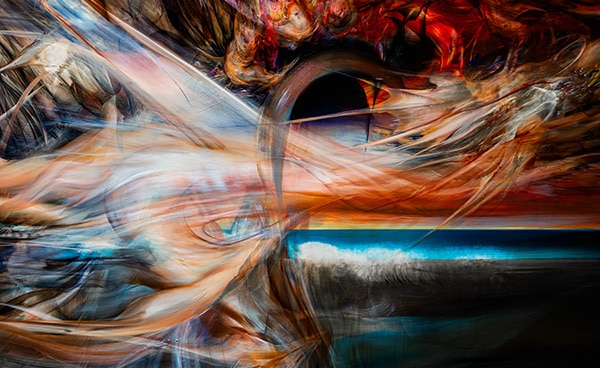
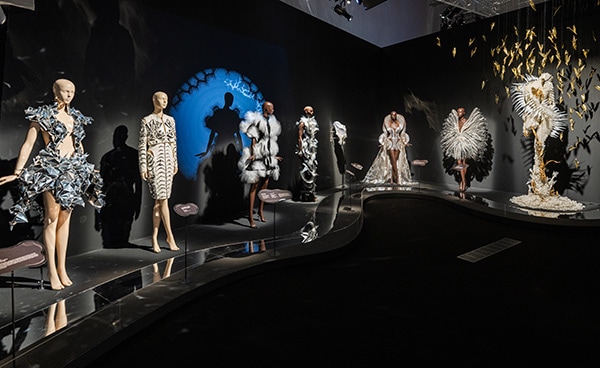
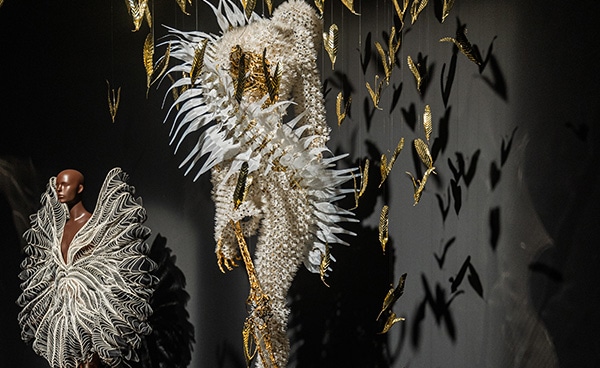
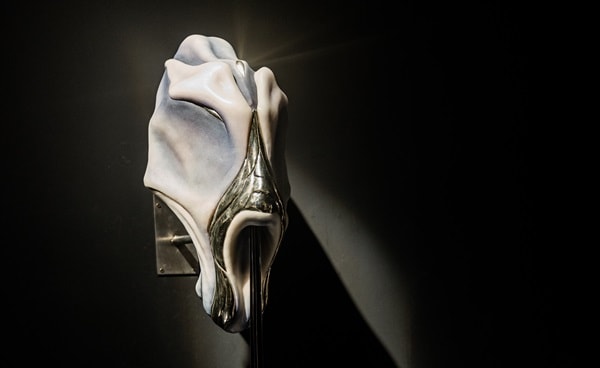
在对宇宙的探索中,Iris van Herpen 展现出她卓越的整合能力,将最新的科学发现与艺术与科学的历史交织融合。从 17 世纪地图绘制师 Andreas Cellarius 的古老星图,到詹姆斯·韦布太空望远镜捕捉的深空图像,宇宙的神秘激发了她无尽的想象与创造力。
宇宙,作为 van Herpen 跨学科整体创作方法的隐喻,象征着一个无限自由的空间——在那里,创作不受限制,思维可以在多维度中自由穿梭。色彩在其中漂浮、跃动,为身体开启存在于不同维度与时空的全新可能。对她而言,理解宇宙,就是颠覆时间与空间的秩序,迈向精神的升华。世界不再局限于地球的边界,而是成为一个包罗万象的多重宇宙(multiverse),在所有维度中同时展开。它不再是自上而下或自下而上的发展,而是由意识、想象与灵魂共同编织的宇宙旅程。
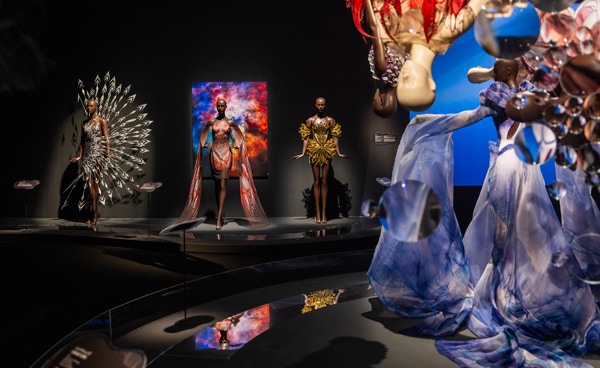
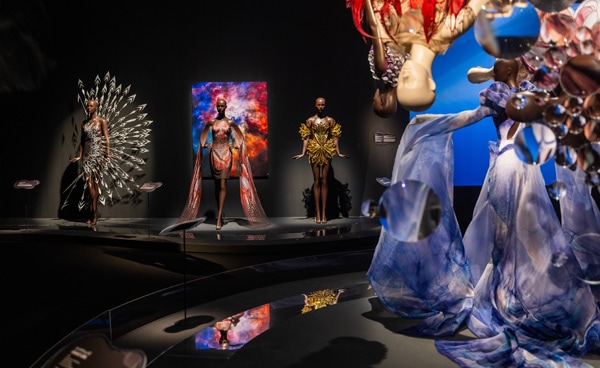
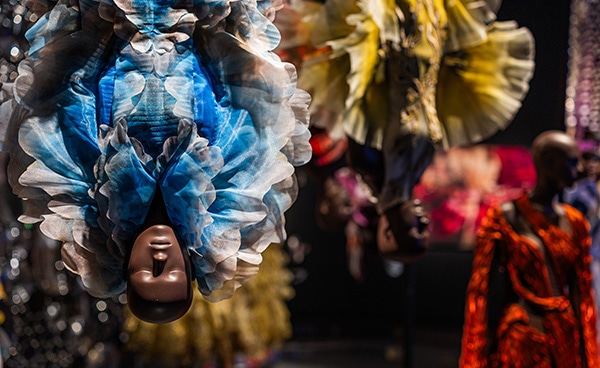
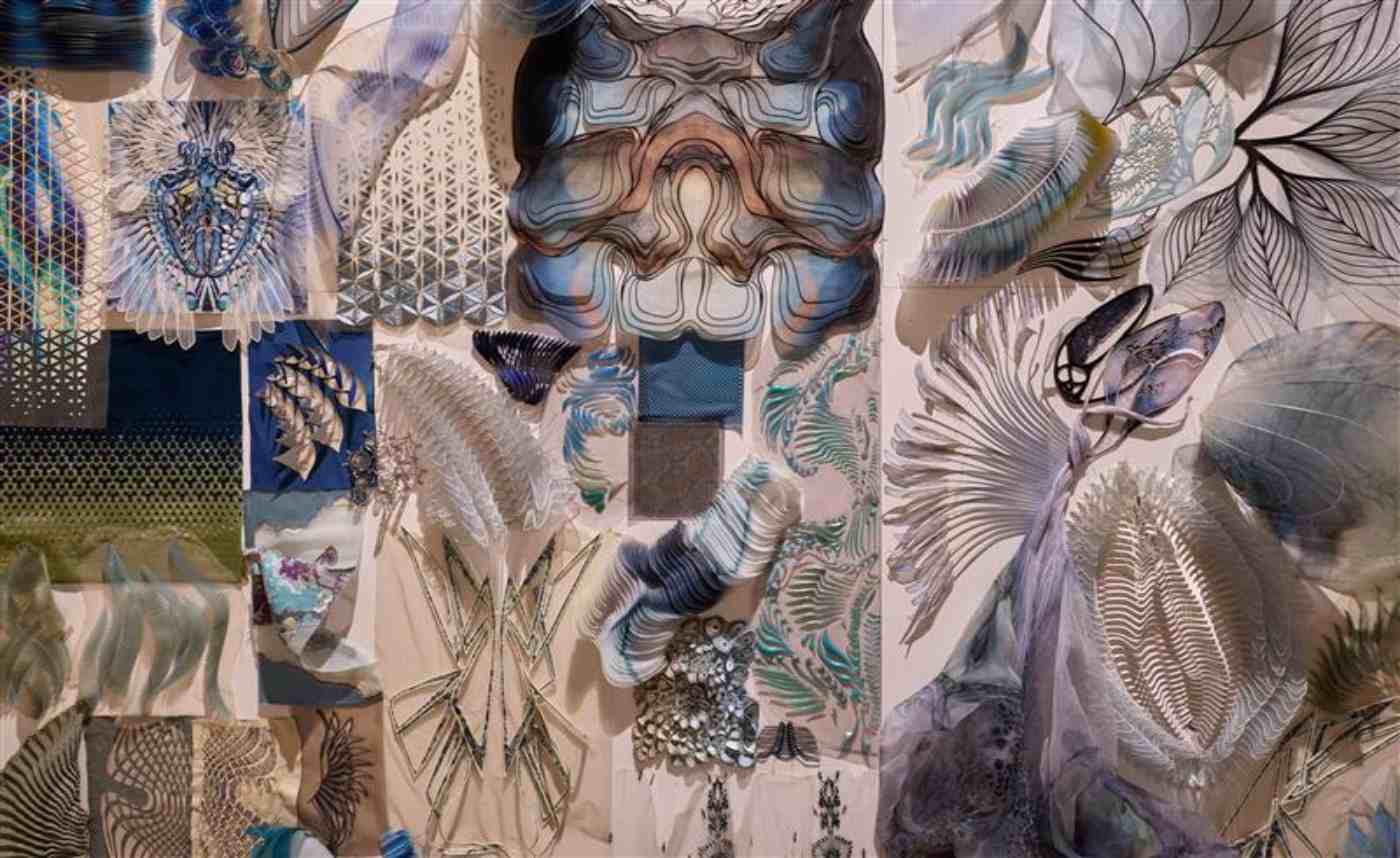
英文导览:部分周二、下午 4:00
中文普通话导览:部分周六及周日、下午 3:00
3 层画廊
凭票入场
探索时尚设计师 Iris van Herpen 如何将自然界的元素转化为令人叹为观止的高定时装。她的设计受到地下有机网络精细纹理、水流运动和空气流动之美的启发,融合了有机形式与尖端科技。
在教育专家的指导下,通过 3D 打印和手工制作活动,探索她创新技术背后的故事,以及她如何重新构想时尚与环境之间的关系。
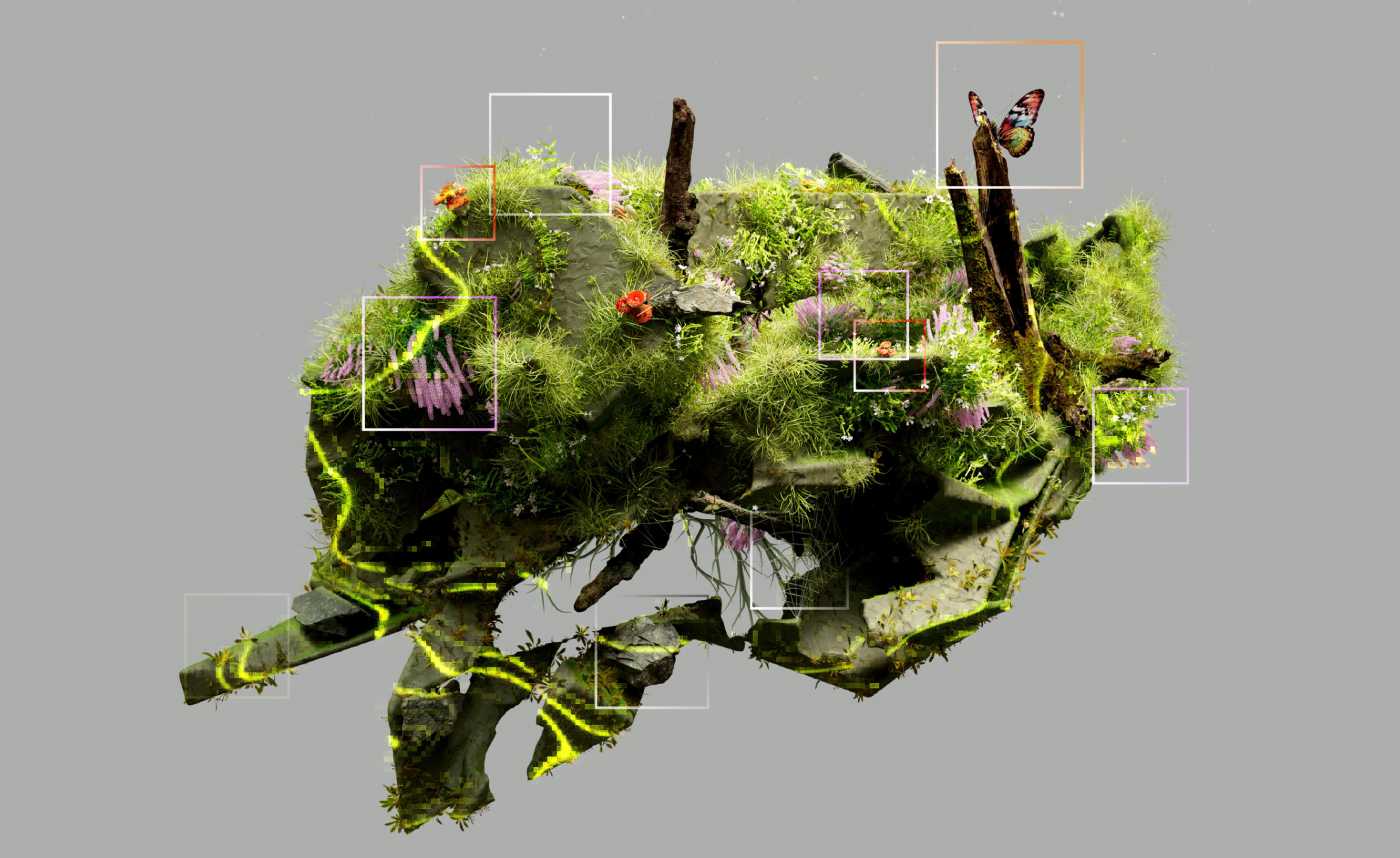
4 月至 5 月
多个地点
免费,部分项目需门票
踏上探索人类神经科学的旅程,了解我们大脑独特的运作方式,通过富含时尚和包容性的设计重新想象我们的身体,并通过展览、讲座、快闪对话、工作坊等活动,探索自然界的多样之美!
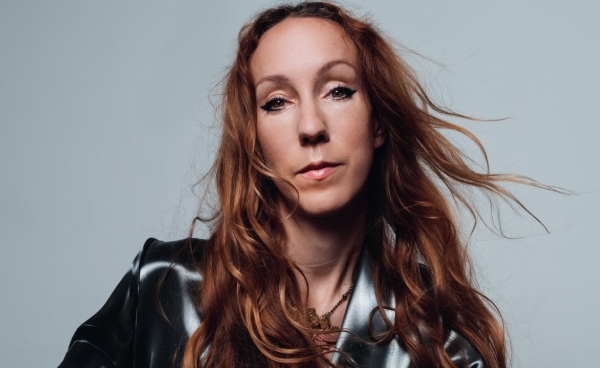
3 月 15 日(周六),下午 2:00 至 4:00
艺术科学影院,第 4 层
门票价格:新币 10 元
荷兰前卫时尚设计师 Iris van Herpen 出席,与观众讨论多维度创作手法,以及启发其创作的“变换”理念。
无论是从错综复杂的自然环境,现存建筑的构建哲学,还是身体的优美结构,Van Herpen 的深刻远见围绕着人类躯体的本质变化。与当今最前卫设计师面对面,解构 Van Herpen 如何从自然和对当今世界的遥想中汲取新创意和灵感,创作出不断颠覆想象的众多作品。
此活动是“Mind and Body: The Art and Science of Being Human”展览的特别环节,该展览探索作为人类而存在、思考和感受的意义。
